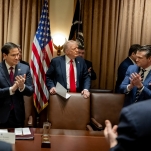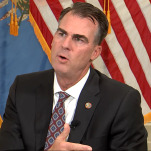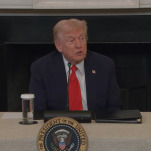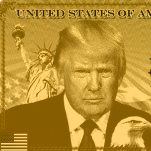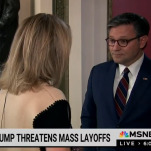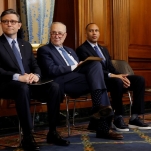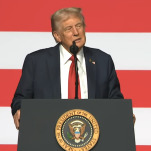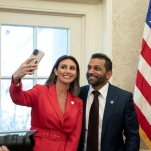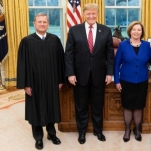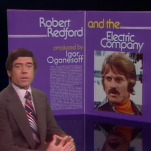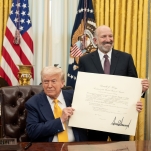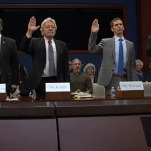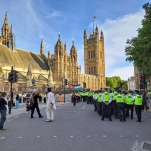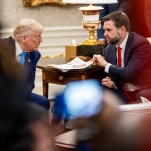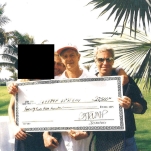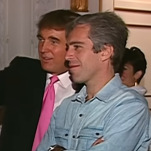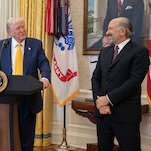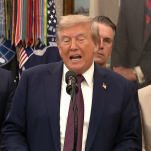I TURNED CAPS LOCK ON FOR A WEEK AND EVERYONE HATED IT
THE CAPS LOCK KEY MAY BE THE MOST DESPISED KEY IN EXISTENCE. A “CapsOff” campaign was launched in 2006 to get it permanently removed from keyboards, with the organizers calling the key “useless” and a “villain.” Some companies have started to eliminate it. Google abandoned it on its Chromebooks, replacing it with a search key. Lenovo ditched it on the Thinkpad. The Oatmeal says using all caps makes you seem like a demented, tech-illiterate, old person. Typing in all caps is perceived as an accident, an affront or a call for help. Typing in ALL CAPS arouses strong emotions in people. I know. I USED ALL CAPS FOR A WEEK AND PEOPLE HATED IT.
I wasn’t just being a troll. After the Sony Pictures hack, my colleagues and I were talking about the incredible email writing style of Sony Pictures head Amy Pascal. She used all caps liberally in short and long bursts. We weren’t the only ones who noticed. The New York Post created a Pascalizer to transform your emails into Pascal emails, which mainly involved capitalizing them. Vanity Fair called her “a maestro of the e-mail art form.” Pascal’s style got her to the head of Sony Pictures, and once it was exposed, helped her to “hack the hearts” of outsiders who read her email. (Though it didn’t fully protect her; she stepped down from heading Sony Pictures Thursday.) I was curious how it would change my own style to use all caps and how people would react to it.
OK, MAYBE I WAS TROLLING PEOPLE A LITTLE. A little.
I didn’t tell people why I was doing it. One Sunday, I just started writing all my tweets, emails, texts, and online communications with the caps lock key engaged. “In solidarity I’m going to go around yelling at everyone for the week IRL,” joked one of my colleagues. I think that a screaming experiment might actually have been easier. I type at far more people in a week than I talk to.
The first place I tried all caps was in a customer service chat with American Express. “Rick” was unfailingly nice and one of the only people who chose not to comment on my unusual online speaking style. He seemed even more polite than usual, drowning me in pleases and thank you’s. Maybe he thought the caps meant I was super mad and needed appeasing.
Other people were not so nice. I lost followers at an excessively high rate on Twitter. Techdirt editor Mike Masnick said his eyes were glazing over my tweets, leaving them unread. People asked if I’d been hacked, or if my keyboard was broken. One person helpfully directed me to the location of the caps lock key so I could turn it off.
https://twitter.com/TheRegHunt/status/560166419674181633
When Oprah first joined Twitter, she used all caps in her first tweet — ironically (?) talking about how 21st Century she felt.
She was quickly chastised in all lower case by Shaq, who is apparently a hater of all caps… except when he is typing his own name.
-

-

-

-

-

-

-

-

-

-

-

-

-

-

-

-

-

-

-

-

-

-

-

-

-

-

-

-

-

-

-

-

-

-

-

-

-

-

-

-

-

-

-

-

-

-

-

-

-

-

-

-

-

-

-

-

-

-

-

-

-

-

-

-

-

-

-

-

-

-

-

-

-

-

-

-

-

-

-

-

-

-

-

-

-

-

-

-

-

-

-

-

-

-

-

-

-

-

-

-

-

-

-

-

-

-

-

-




